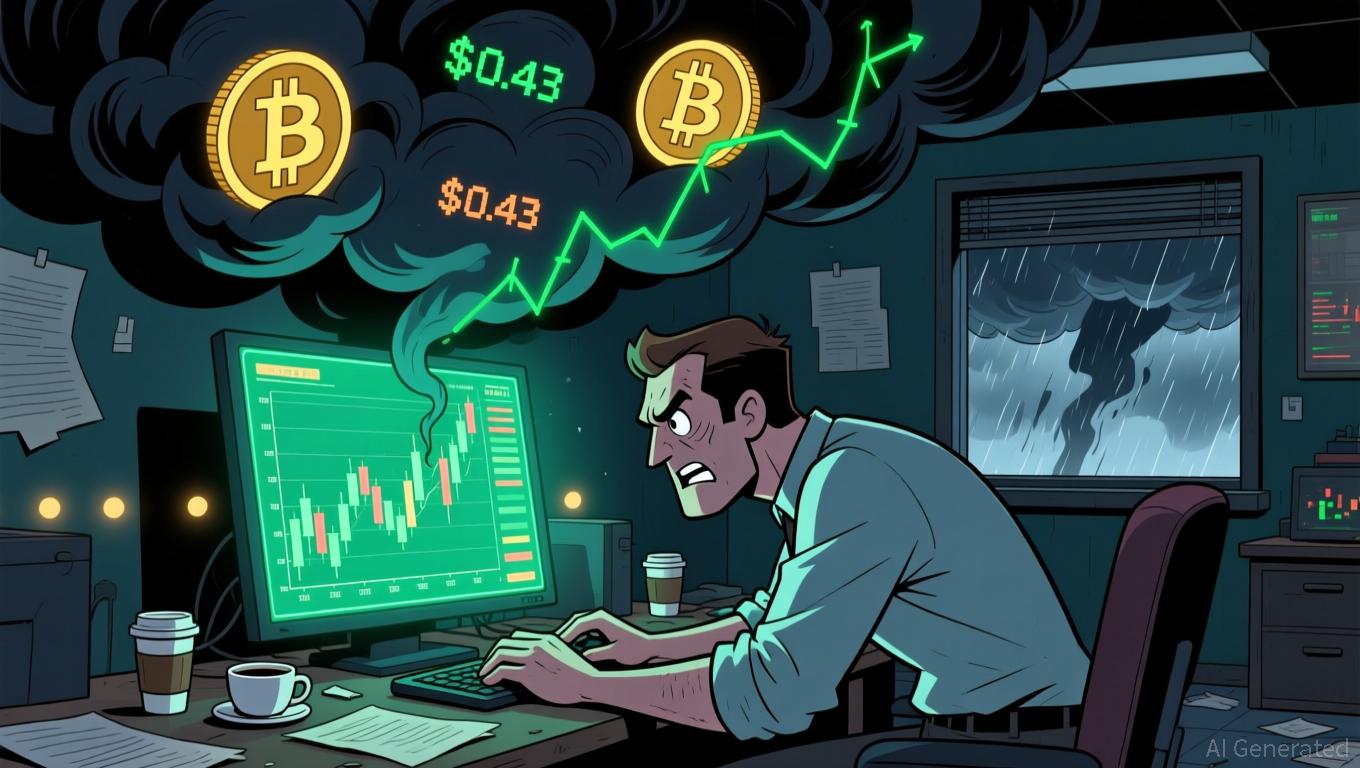Tokenized Gold Crosses $1 Billion in Daily Trading Volume
Gold enters the 24/7 era. Driven by the record rally of the yellow metal, tokens backed by gold have just exceeded 1 billion dollars in daily volume. This milestone establishes tokenized gold as a trading and hedging tool, more agile than traditional ETFs.

In brief
- Tokenized gold exceeds 1 billion$ in daily volume, driven by the record rally of the yellow metal and a liquid 24/7 market
- Since October 1, cumulative volumes have exceeded 10 billion$
- Digital gold establishes itself as a more agile trading and hedging tool than traditional instruments
A new age for digital gold
Gold has never ceased to fascinate investors, but today it enters an unexpected era: that of blockchain. According to a report published by CEX.IO, tokens backed by gold have exceeded one billion dollars in daily volume for the first time, a symbolic record driven by the surge in the yellow metal.
After crossing 2.7 billion in capitalization in September , the cumulative volume of tokenized gold products has exceeded 10 billion dollars, a historic rise since October 1. This level now surpasses the iShares Gold Trust (IAU) from BlackRock, the world’s second largest gold ETF. This shift illustrates a structural transformation: gold, a millennial safe haven, becomes a liquid digital asset, tradable 24/7 on crypto platforms.
At the same time, the price of physical gold jumped more than 10% in October, crossing 4,300 dollars an ounce. Rising trade tensions between the United States and China, combined with the paralysis of the American government and signs of stress on global liquidity, have revived the appetite for safe haven assets.
Tokens more agile than traditional gold
Among these new instruments, a crypto-token backed by physical gold has stood out, representing 37% of total volume this month, compared to 27% last quarter. The number of holders has increased by 12%, outpacing growth rates of rivals like Paxos Gold (PAXG).
But beyond volumes, it is the velocity that intrigues analysts. The volume/market capitalization ratio of tokenized gold reaches 34%, versus 5.6% for the SPDR Gold Shares (GLD) and 1.5% for the IAU. In other words, every dollar invested in tokenized gold circulates seven times faster than in traditional ETFs.
This hyperactivity reflects a new usage, no longer only as a store of value, but as a tactical tool for hedging and trading. In a market open continuously, without closing or borders, investors now use the digital version of this asset to react in real time to macroeconomic shocks.
An ancestral pillar of finance 3.0
Despite a colossal gap between market sizes, 3.3 billion dollars for tokenized gold against 141 billion for GLD, the dynamic is clear: the flow is shifting. Accessibility, speed, and transparency offered by blockchain are transforming how investors interact with the precious metal.
As analyst Illya Otychenko highlights in the report , “tokenized gold is used not only as a store of value but as an active utility asset within the crypto ecosystem.” A phrase that sums up the turning point: gold is no longer locked in vaults, it flows at network speed.
In a context where confidence in fiat currencies is eroding and geopolitics shakes markets, gold regains its throne, but this time, on the blockchain.
Disclaimer: The content of this article solely reflects the author's opinion and does not represent the platform in any capacity. This article is not intended to serve as a reference for making investment decisions.
You may also like
Bolivia Turns to Stablecoins to Address Inflation and Currency Instability
- Bolivia legalizes stablecoin integration into banking , allowing crypto-based accounts and loans to combat inflation and currency devaluation. - Crypto transaction volumes surged 530% in 2025, driven by $15B in stablecoin use as businesses adopt USDT for cross-border payments. - Policy mirrors regional trends, with stablecoins recognized as legal tender to stabilize the boliviano amid 22% annual inflation and dollar shortages. - Challenges include AML safeguards, tax frameworks, and public trust, as regu

Bitcoin Updates: Bitcoin's Decline Sparks Altcoin Battle: ADA's $0.43 Support Faces Pressure
- ADA holds $0.43 support as Bitcoin’s seven-month low of $80,000 pressures altcoin market volatility. - Altcoin fragility stems from Fed’s high-rate signals, reduced institutional inflows, and technical breakdowns in key resistance levels. - Bitcoin’s $90,000 support breach triggered cascading liquidations, while ADA’s $0.43 level shows increased on-chain accumulation. - Infrastructure innovations like GeekStake’s staking protocol aim to stabilize networks during volatility without price forecasts. - Mark

Bolivia’s Digital Currency Bet: Navigating Volatility with Stable Solutions
- Bolivia's government permits banks to custody cryptocurrencies and offer crypto-based services, reversing a 2020 ban to combat inflation and dollar shortages. - Stablecoin transactions surged 530% in 2025, with $14.8B processed as Bolivians use USDT to hedge against boliviano depreciation (22% annual inflation). - State-owned YPFB and automakers like Toyota now accept crypto payments, while Banco Bisa launches stablecoin custody to expand financial inclusion for unbanked populations. - The policy faces c

Switzerland's Postponement of Crypto Tax Highlights Worldwide Regulatory Stalemate
- Switzerland delays crypto tax data sharing until 2027 due to ongoing political negotiations over OECD CARF partner jurisdictions. - Revised rules require crypto providers to register and report client data by 2026, but cross-border data exchange remains inactive until 2027. - Global alignment challenges exclude major economies like the U.S., China, and Saudi Arabia from initial data-sharing agreements. - Domestic legal framework passed in 2025, but partner jurisdiction negotiations delay implementation u

